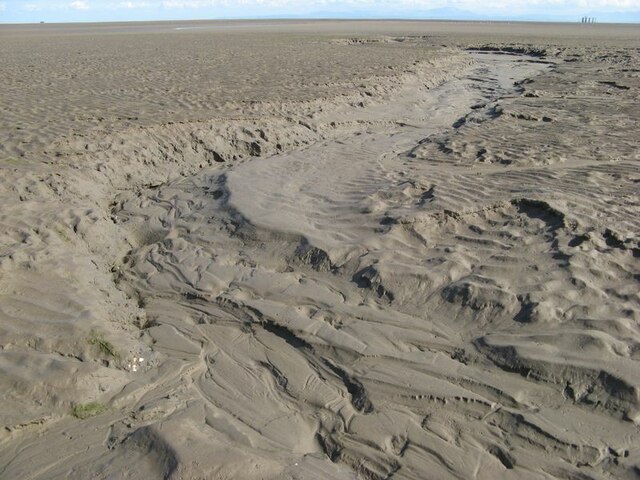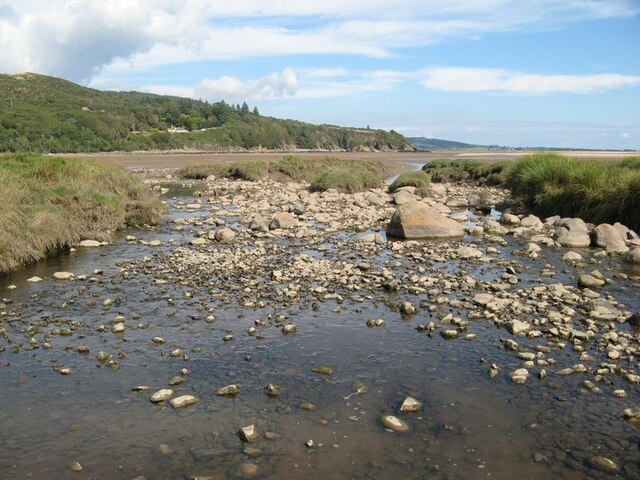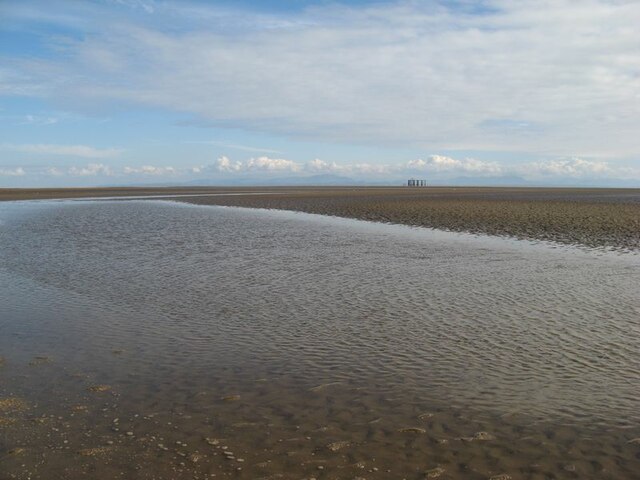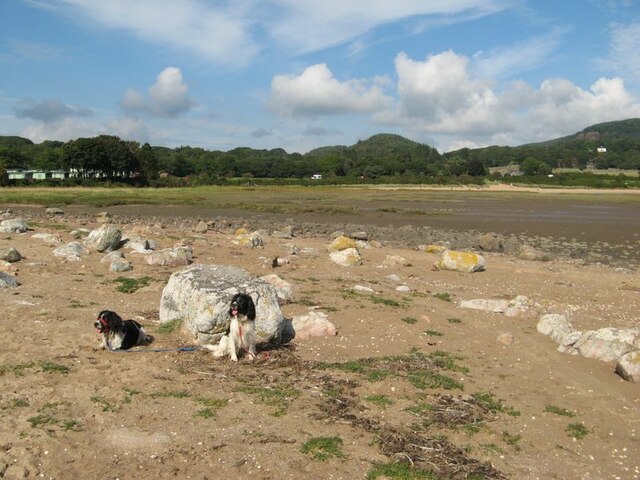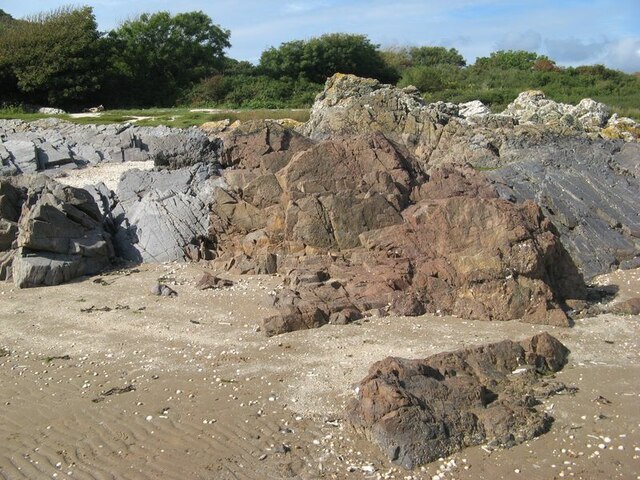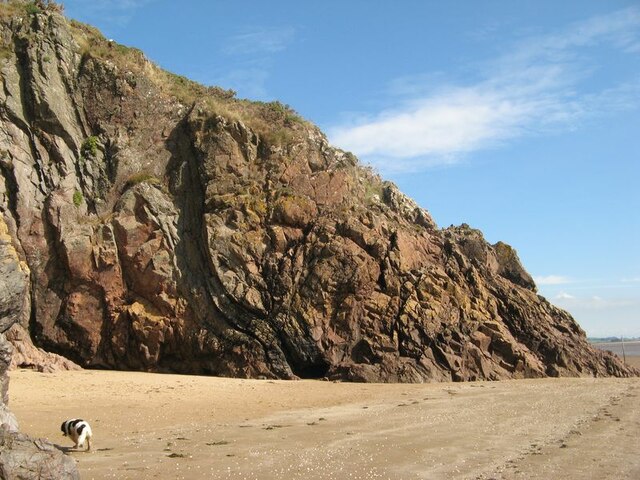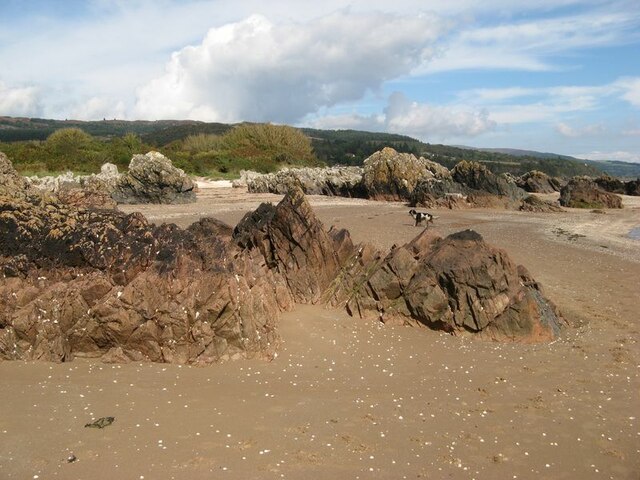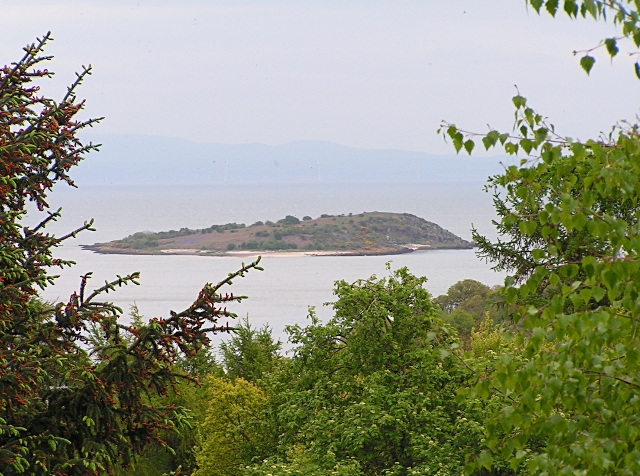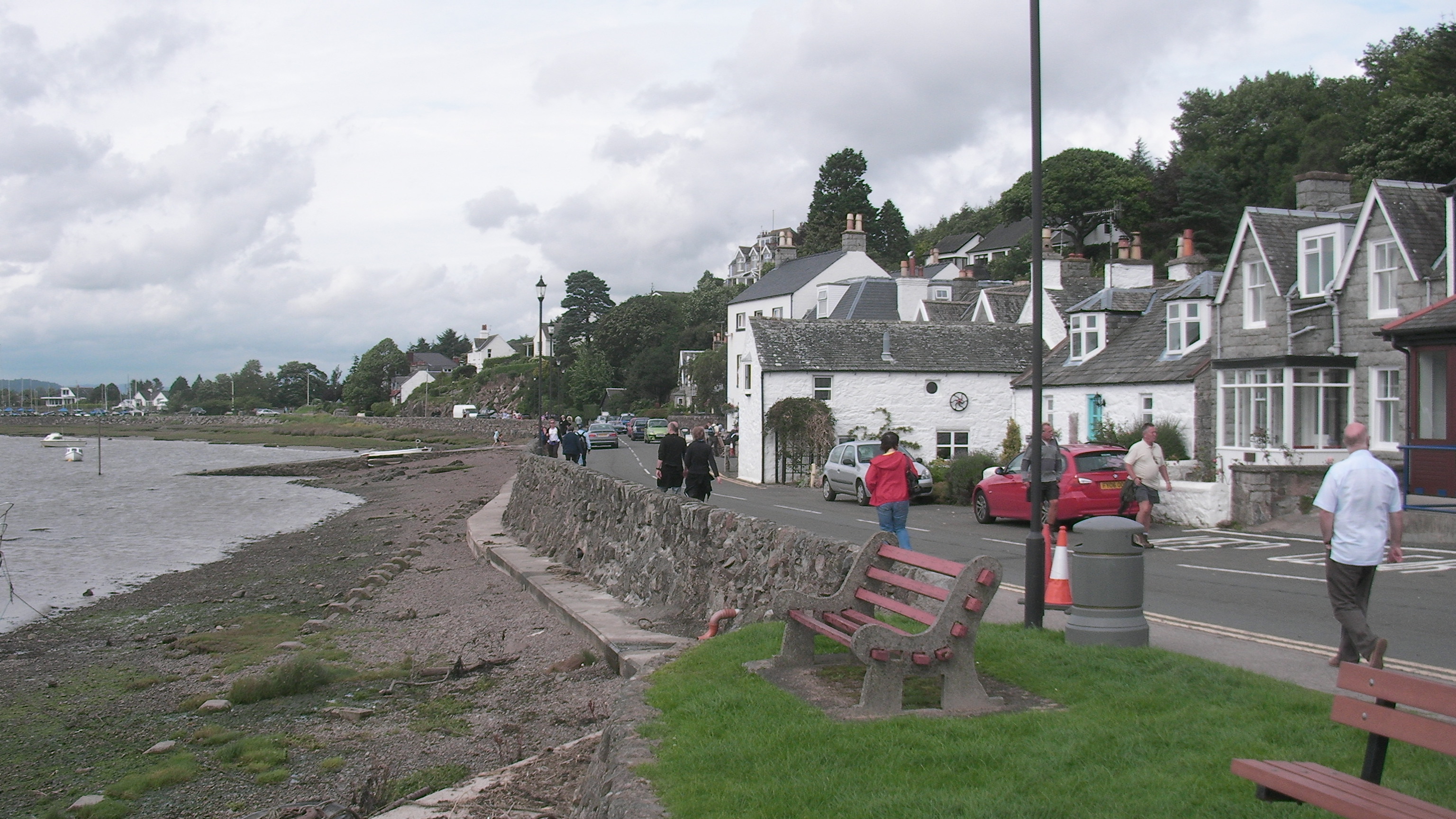Barend
Settlement in Kirkcudbrightshire
Scotland
Barend
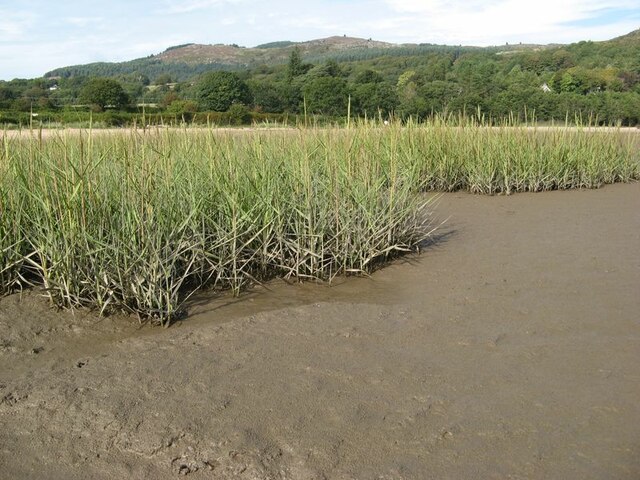
Barend is a small rural hamlet located in the historic county of Kirkcudbrightshire in Scotland. Situated near the Solway Firth, it is nestled within a picturesque landscape of rolling hills and lush greenery. Barend is located approximately 4 miles south of the town of Dalbeattie and 16 miles southwest of Dumfries, making it an ideal destination for those seeking a peaceful and secluded retreat.
The hamlet of Barend is renowned for its natural beauty and offers visitors a chance to escape the hustle and bustle of city life. The area is rich in wildlife, with an abundance of flora and fauna to be discovered. It is a popular spot for bird watching, with species such as red kites, peregrine falcons, and buzzards frequently spotted in the skies above.
Barend is also known for its sandy beaches, with the nearby Barend Bay providing a tranquil setting for a leisurely stroll or a picnic. The bay is backed by sand dunes and offers stunning views across the Solway Firth towards the hills of the Lake District in England.
Although Barend is primarily a residential area, there are a few holiday cottages and accommodations available for visitors looking to explore the surrounding countryside. The hamlet is a gateway to the Galloway Forest Park, a designated Dark Sky Park renowned for its exceptional stargazing opportunities.
Overall, Barend offers visitors a chance to experience the beauty of rural Scotland, with its natural landscapes, wildlife, and peaceful atmosphere making it an attractive destination for nature lovers and those seeking a tranquil getaway.
If you have any feedback on the listing, please let us know in the comments section below.
Barend Images
Images are sourced within 2km of 54.877175/-3.7470998 or Grid Reference NX8855. Thanks to Geograph Open Source API. All images are credited.



Barend is located at Grid Ref: NX8855 (Lat: 54.877175, Lng: -3.7470998)
Unitary Authority: Dumfries and Galloway
Police Authority: Dumfries and Galloway
What 3 Words
///marine.clashing.hotspots. Near Dalbeattie, Dumfries & Galloway
Nearby Locations
Related Wikis
Colvend and Southwick
Colvend and Southwick is a community council area and civil parish within the Stewartry area of Dumfries and Galloway, Scotland. It is also part of the...
Rough Island, Scotland
"Rough Island" is also used as a translation of "Garbh Eilean", a common Scottish name for islandsRough Island is a 20-acre (8 ha) uninhabited tidal island...
Rockcliffe, Dumfries and Galloway
Rockcliffe is a small, coastal village in Kirkcudbrightshire, Dumfries and Galloway in Scotland, with a view of Rough Island, Hestan Island, the Solway...
Kippford
Kippford (/ˈkɪpfəd/; otherwise Scaur) is a small village along the Solway coast, in the historic county of Kirkcudbrightshire in Dumfries and Galloway...
Rough Firth
Rough Firth is an inlet on the northern coast of the Solway Firth in the Stewartry area of Dumfries and Galloway, Scotland. The firth lies between Almorness...
Palnackie
Palnackie is a village in the parish of Buittle in the historical county of Kirkcudbrightshire in Dumfries and Galloway, Scotland. It has a population...
Hestan Island
Hestan Island is a small coastal island at the southern foot of the River Urr estuary in the Solway Firth, in the historical county of Kirkcudbrightshire...
Orchardton Castle
Orchardton Castle overlooks the Solway Coast. Built in the 1880s, this is a Grade B listed property formerly known as Orchardton House. Built around a...
Nearby Amenities
Located within 500m of 54.877175,-3.7470998Have you been to Barend?
Leave your review of Barend below (or comments, questions and feedback).
